The View Master (1939 1997) nostalgia
Sawyer's ViewMaster National Museum of American History
The first View-Master was introduced the following year, at the 1939 New York World's Fair. The two men then began selling their product through specialty photography stores; the earliest reels showed views of scenic attractions around the country.
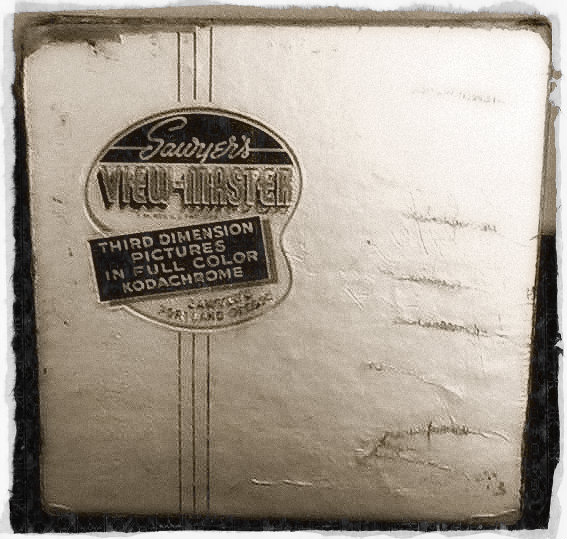
ViewMaster by Sawyer's (1939)
This competitor was bought by View-Master fairly quickly, and while they tried to release rectangular cards under the Tru-Vue brand (which scrolled through the viewers in a downward fashion rather than rotate), the alternative format lapsed.. By the time Portland-based William Gruber presented it at the 1939 World's Fair in New York, the.
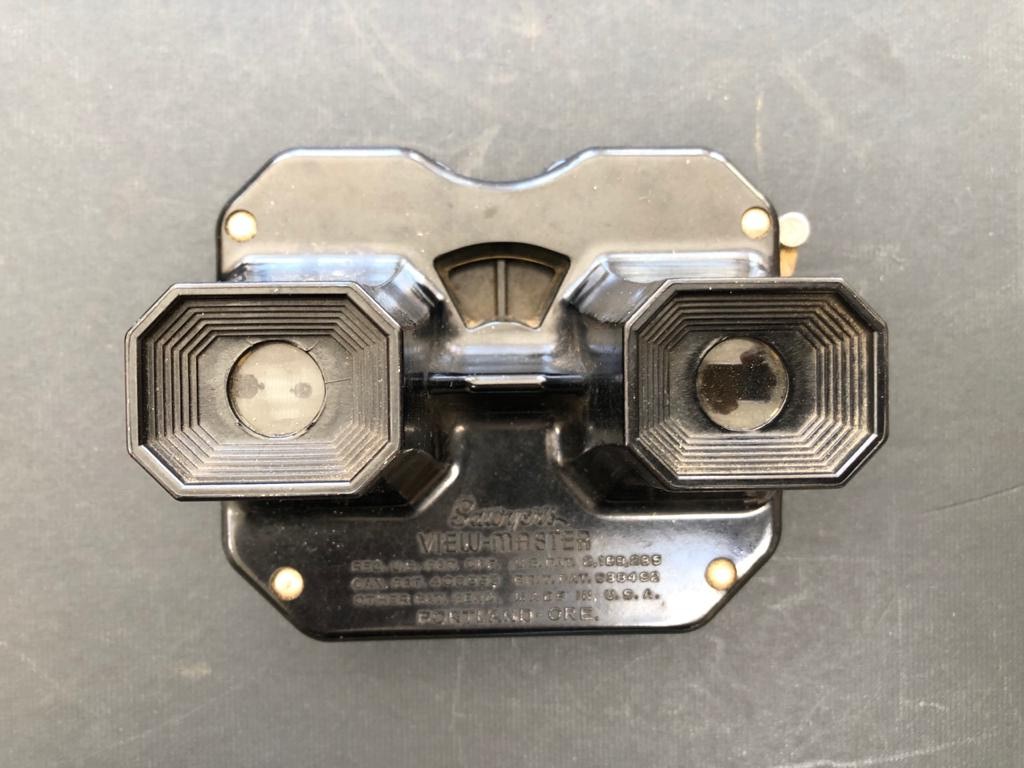
View Master 1939 ubicaciondepersonas.cdmx.gob.mx
Each View-Master reel had seven different images on it. And to change…all you had to do was push down the lever. The world got it's first look at the amazing View-master during the 1939 World Fair in New York City and the 1940 Golden Gate Exposition in San Francisco.where it was sold as a souvenir.

Music & Movie History
The View-Master was introduced at the 1939 New York World's Fair, just a couple of years after the invention of Kodachrome film. View-Master used Kodachrome exclusively until the late 1970s, and because of this, the vast majority of View-master transparencies retain their color and vibrancy over time.

View Master 1939 lupon.gov.ph
The plan was to have the View-Master ready for a 1939 debut at the World's Fair. Gruber's suggestion to source the lenses from Germany would have unintended consequences. With a money trail.

View Master 1939 lupon.gov.ph
View-Master was first introduced at the New York World's Fair in 1939 . Intended as an alternative to the postcard with 7 3D Kodachrome images, it was originally marketed through photo shops, stationary stores and scenic attraction gift shops. Today this tradition continues, but holds a back seat to subject matter aimed at a much younger audience.
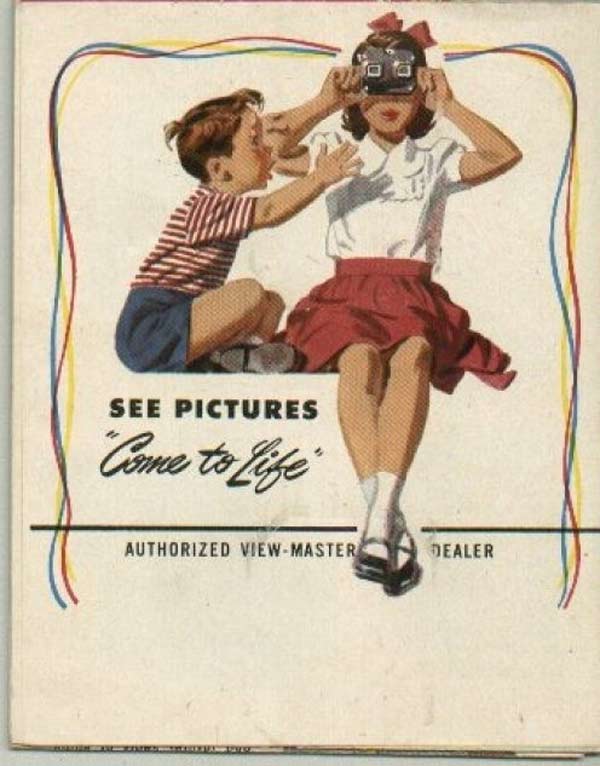
ViewMaster by Sawyer's (1939)
One of his assignments was to oversee the redesign of the 1939 View-Master, a portable photography viewer with three-dimensional pictures based on 19th-century stereoscopes, originally created by Harold Graves, president of Sawyer's Photographic Services, and camera buff William Gruber. Harrison transformed the cumbersome device into a.

Il View Master (o visore 3D)
English. View-Master can serve as a window to the past because they published pictures staring in 1939. In addition a selection of older stereoscopic views were published as historical views. This article samples some of the history based reels. Viewing some of the pictures in the article in 3D may not seem to be 3D.
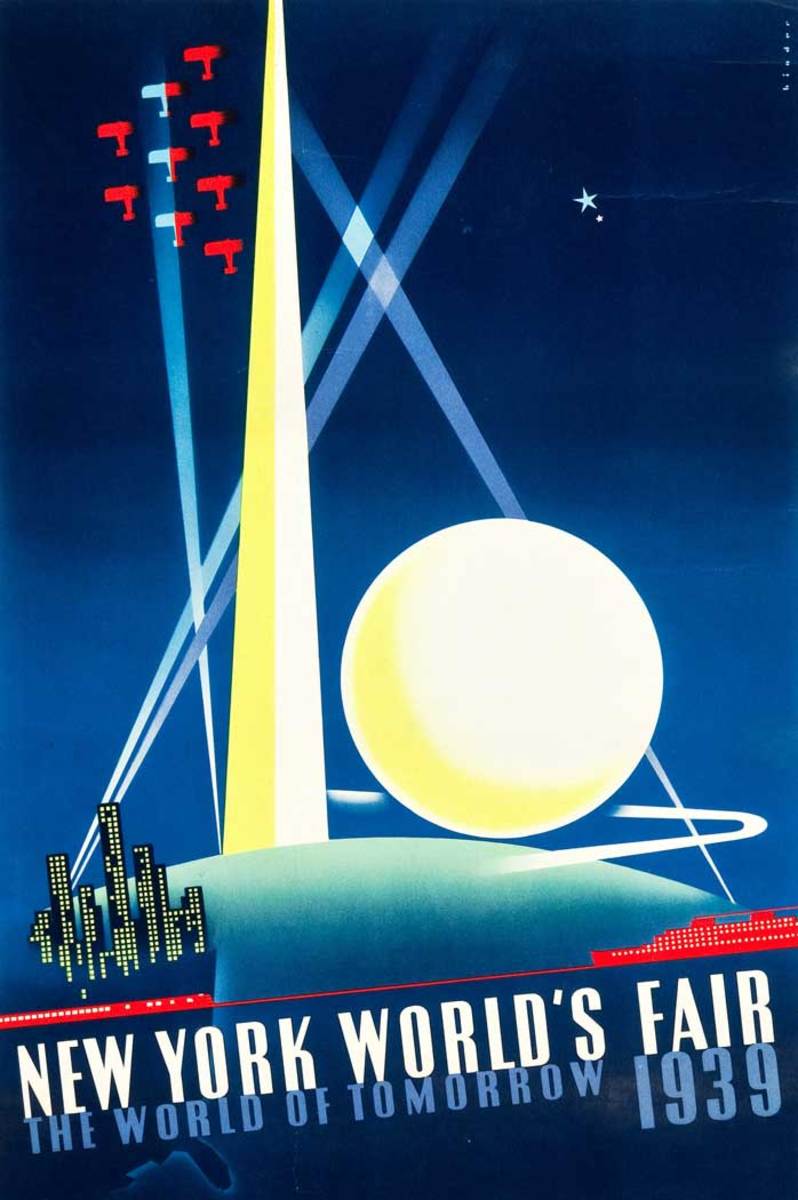
ViewMaster history and value Antique Trader
The View-Master system was introduced in 1939, four years after the advent of Kodachrome color film made the use of small, high-quality photographic color images practical. Tourist attraction and travel views predominated in View-Master's early lists of reels, most of which were meant to be of interest to users of all ages.
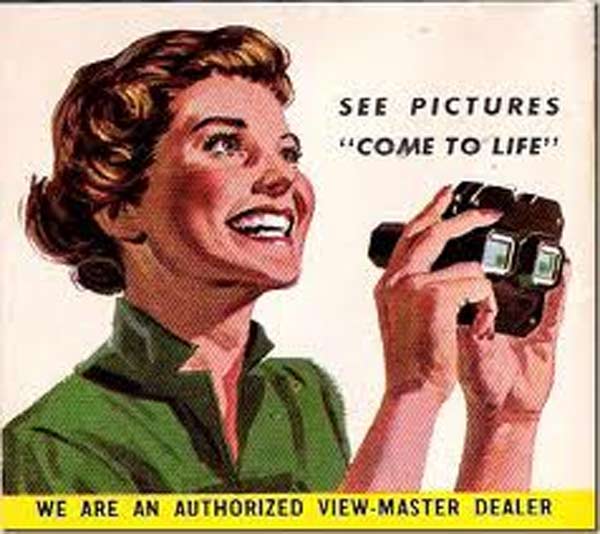
ViewMaster by Sawyer's (1939)
History The first View-Master prototype was developed by the Sawyer Photographic Company in 1939. Located in Portland, Oregon, the Sawyer Company mainly produced photo postcards and album sets as souvenirs to tourists but quickly started experimenting with the new Kodachrome color transparency film in different ways.

The View Master (1939 1997) nostalgia
From 1939 to 1950, View-Master reels were sold individually. In the early 1950s, Sawyer's had a sufficient catalog of titles to begin grouping existing single reels into packets according to common subjects (for example, reels 251, 252, & 253 were sold as a Carlsbad Caverns packet).
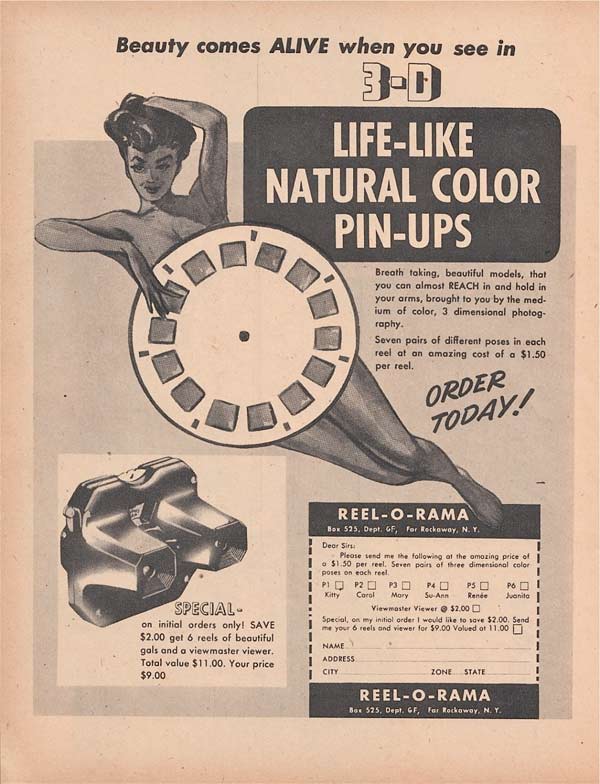
ViewMaster by Sawyer's (1939)
The View-Master was introduced at the 1939 New York World's Fair, with the theme of the fair being "Building The World of Tomorrow." The theme focused on one of the last great ideals of the Machine Age, that science and technology were the vehicles for economic abundance and personal liberty.
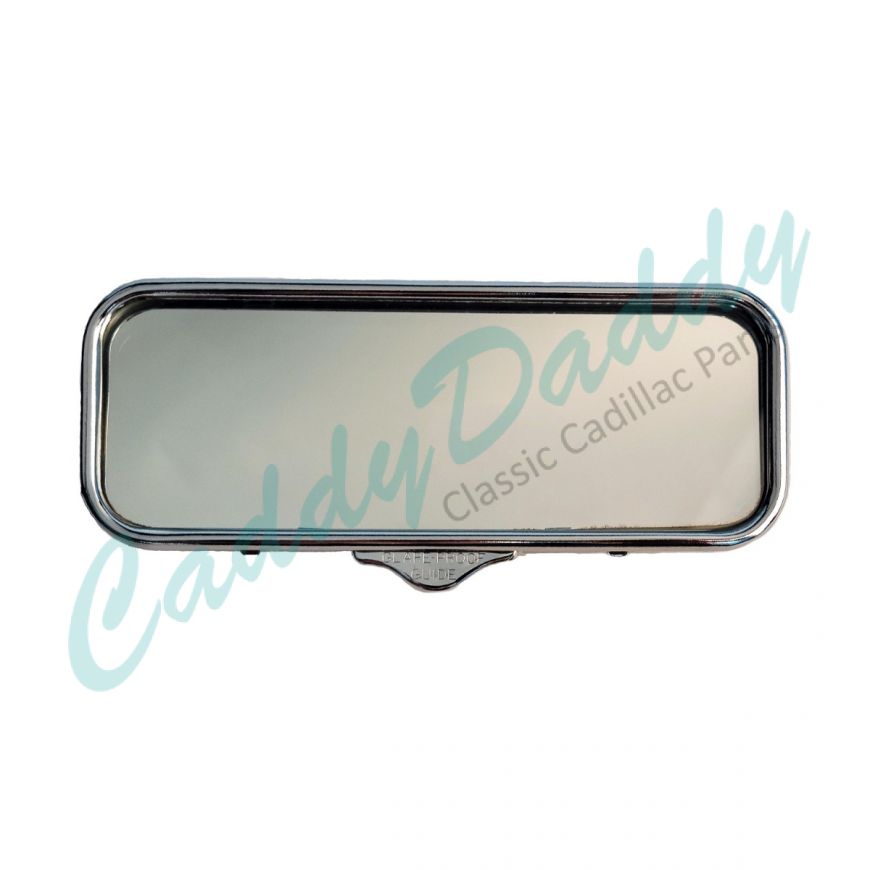
View Master 1939 lupon.gov.ph
The View-Master reached its peak of popularity in the early 80s when it went hand in hand with all the 3D programmes TV channels were clamouring to broadcast at that time.. Since 1939, 25 variations of the View-Master have been rolled out, including a Talking View-Master and different-coloured designs, and 1.5 billion disks have been.
.jpg)
ViewMaster 3D viewer, Sawyer (1939)
1939 - View-Master Reel 157, seven stereoscopic views of New York [image info] The View-Master 3D slide viewer was originally produced in the late 1930s, with it's disc-based format used as a way of delivering 3D slide views of tourist scenes.

Action Figure Insider » Mattel And MGM Partner To Produce Live Action Motion Picture Based On
Gruber explained that he planned to update the stereoscopes common in 19th-century drawing rooms by producing three-dimensional color slides and a new hand-held viewer. By the next morning, the two had made a deal to produce View-Master. They introduced their creation at the 1939 New York World's Fair and then began selling it through.
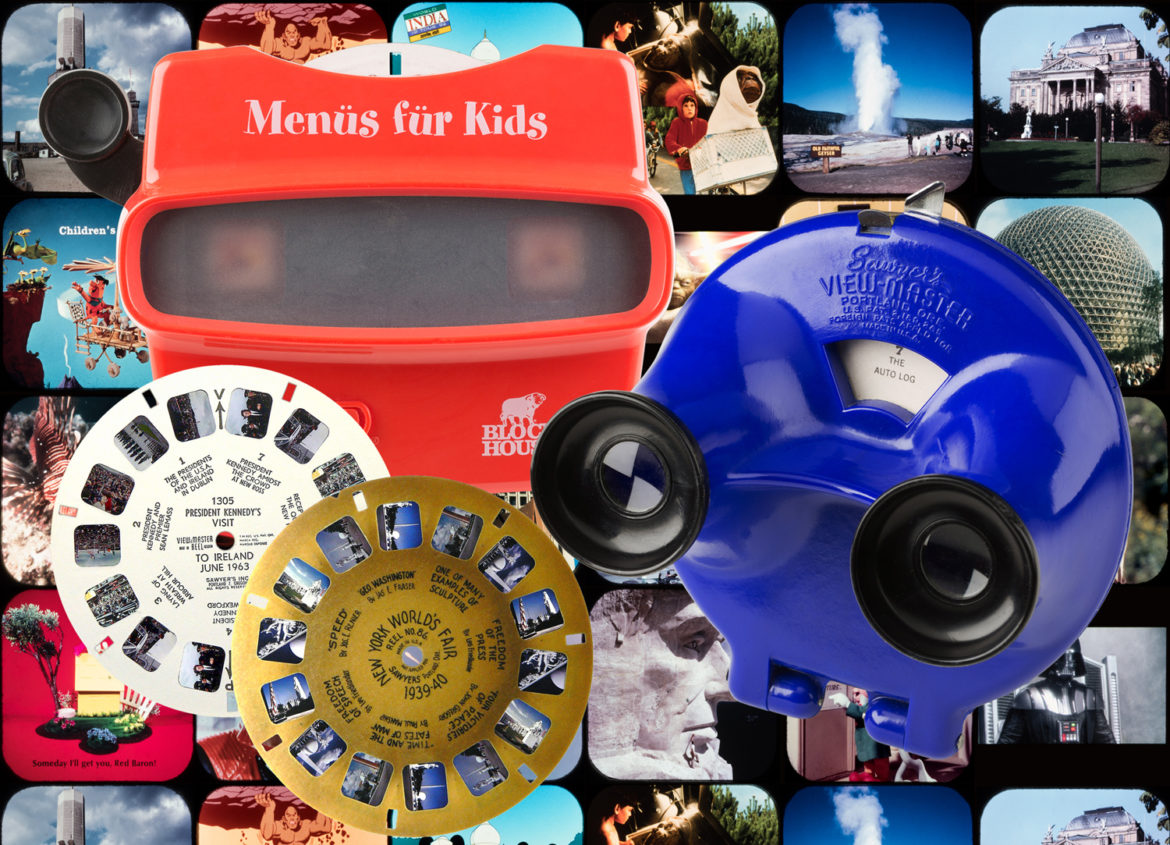
» Sonderausstellungen Freilichtmuseum Hessenpark
Viewmaster (1939-Present) Viewmaster. Although not commonly associated with the stereopticons, the View-Master uses a similar type of technology to produce three-dimensional images. The View-Master was introduced in 1939 by the Portland-based Sawyer's Inc. Today the View-Master is owned by Mattel and is in the US' National Toy Hall of Fame.